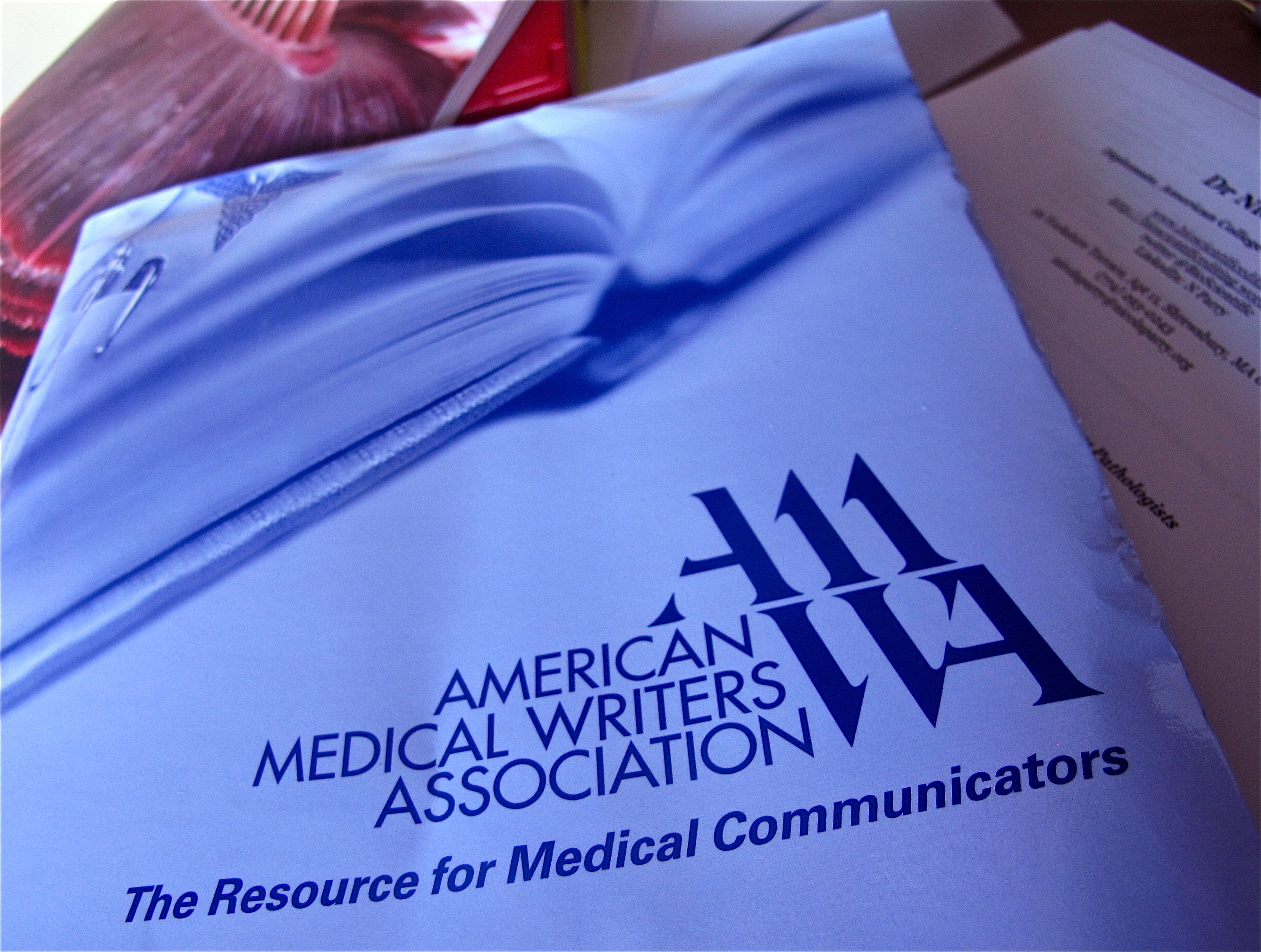Last week I spent 5 days in Ames, Iowa for the annual board certification exam of the American College of Veterinary Pathologists (ACVP). Thankfully I wasn’t a candidate, but rather a member of the ACVP Examination Committee that actually constructs and administers the exam each year. I’ve been on the committee since 2007, and this coming year will mark my final year as a member, as my official “tour of duty” comes to an end.
p
It’s been a long and arduous task as a committee member – it’s basically like having an extra part-time job. The exam is always held in September each year, and always in Ames. Typically we’ll start compiling exam questions and other
necessary materials around November/December of the previous year, and usually the exam isn’t finally ready and printed until mid-summer. So you can imagine how much effort goes into that process in the intervening months. I’m not complaining about it – I find it extremely enjoyable – but it’s sometimes stressful and always tiring work, with lots to do, and strict deadlines to keep.
It is also highly rewarding. Ever since I completed my own residency training and succeeded in passing the board certification exam, I felt the need to “give back”. I wanted to pay something forward to new, incoming candidates – one of the main things that I knew I could do was to help “keep it fair”. Naturally, as one of about 12 voices on the committee, I can only do my bit, but I feel content knowing that I really have contributed to maintaining fairness in the exam system.
Additionally, outwith my involvement on the exam committee, I wanted to be able to provide moral support and mentoring to candidates under my watch. I was fortunate enough to spend three years in a very good and structured training program. But when I became a mentor myself, I wanted to not only provide this kind of training structure for programs in which I taught, but to be able to offer something more in addition. So over the years, I’ve done my utmost to be the best mentor possible for residents training with me. And whether this involved extra one-to-one training sessions, staying late for journal club sessions, or simply lending an empathetic ear when someone felt they weren’t doing as well as they should be doing, I discovered that every little helped. When people feel like they are not alone in whatever they are striving for, it’s amazing how much this can boost their morale.
The highlight of this year for me? My 3 most recent mentees (and good friends to boot) were all successful at this year’s examination, and are now enjoying their new lives as ACVP Diplomates! They all agreed that Ames was beautiful in the fall, but nevertheless they are relieved never to have to return there again! And me? To say I was ecstatic about their results is an understatement.
How do you pay it forward for your science?
p










Follow Me!